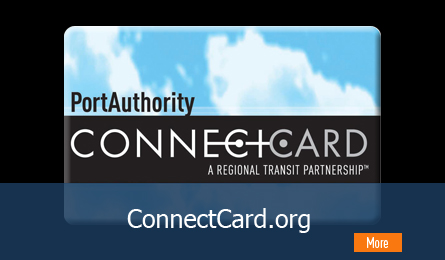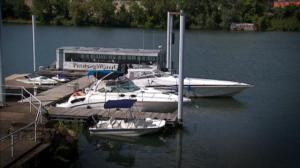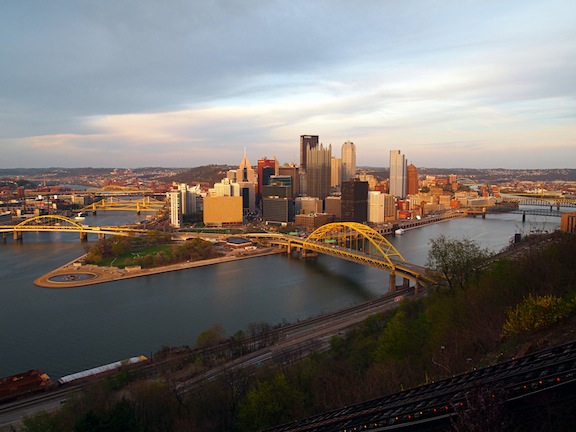“It’s a snowy Saturday in Chicago, but Amy, age 28, needs resort wear for a Caribbean vacation. Five years ago, in 2011, she would have headed straight for the mall. Today she starts shopping from her couch by launching a videoconference with her personal concierge at Danella, the retailer where she bought two outfits the previous month. The concierge recommends several items, superimposing photos of them onto Amy’s avatar. Amy rejects a couple of items immediately, toggles to another browser tab to research customer reviews and prices, finds better deals on several items at another retailer, and orders them. She buys one item from Danella online and then drives to the Danella store near her for the in-stock items she wants to try on.
As Amy enters Danella, a sales associate greets her by name and walks her to a dressing room stocked with her online selections—plus some matching shoes and a cocktail dress. She likes the shoes, so she scans the bar code into her smartphone and finds the same pair for $30 less at another store. The sales associate quickly offers to match the price, and encourages Amy to try on the dress. It is daring and expensive, so Amy sends a video to three stylish friends, asking for their opinion. The responses come quickly: three thumbs down. She collects the items she wants, scans an internet site for coupons (saving an additional $73), and checks out with her smartphone.
As she heads for the door, a life-size screen recognizes her and shows a special offer on an irresistible summer-weight top. Amy checks her budget online, smiles, and uses her phone to scan the customized Quick Response code on the screen. The item will be shipped to her home overnight.”
Read the full article here —>


